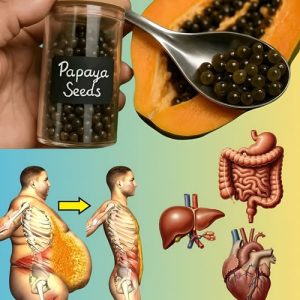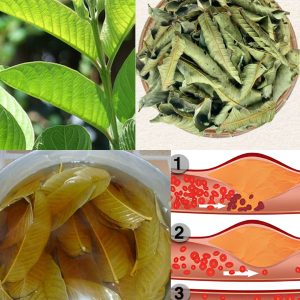
In recent years, obesity has steadily increased—and with it, so has the number of children and teens being diagnosed with type 2 diabetes. What was once considered an adult condition is now showing up earlier than ever before.
Fourteen-year-old Pantera experienced this firsthand when she began noticing strange changes in her health.
She felt thirsty constantly. She started having frequent headaches and unpredictable mood swings. And most noticeably, a dark band appeared around her neck.
This ring wasn’t just a random skin issue. According to Dr. Alyne Ricker, a pediatric endocrinologist at the Joslin Diabetes Center in Boston, this type of darkening—called acanthosis nigricans—can be an early warning sign of insulin resistance. “When your body starts pumping out too much insulin—which is common with type 2—receptors in the skin folds respond by making extra pigment,” Dr. Ricker explains.

These patches of dark skin can show up not only on the neck, but also under the arms, between the thighs, around the fingers and toes, and even on the elbows or knees.
Doctors warn that if you notice this kind of skin change, it could be a red flag that your body isn’t processing insulin properly. And when insulin isn’t doing its job, the risk of developing type 2 diabetes increases significantly.
What Is the Dark Ring Around the Neck?
Dr. Alyne Ricker, a pediatric endocrinologist at the Joslin Diabetes Center in Boston, explains that this condition is known as acanthosis nigricans.
It’s a common skin reaction when the body produces too much insulin — a hallmark of type 2 diabetes. “When your body starts pumping out too much insulin—which is common with type 2—receptors in the skin folds respond by making extra pigment,” Dr. Ricker says.

This discoloration typically appears in skin folds, such as:
-
Around the neck
-
Under the arms
-
Between the thighs
-
Between fingers and toes
-
On elbows and knees
If you notice a velvety, darkened ring in any of these areas, especially when paired with other symptoms like excessive thirst or fatigue, it may be your body’s way of signaling that your insulin function is impaired.

Why It Matters
When insulin doesn’t work the way it should, the body struggles to control blood sugar levels. Over time, this dysfunction can lead to full-blown type 2 diabetes. Doctors emphasize that noticing acanthosis nigricans can be a crucial first clue, especially in children and adolescents.
If you’re unsure what this dark ring looks like, the video below provides a clear example. Being aware of these subtle symptoms can help with early diagnosis and better outcomes for kids like Pantera.




